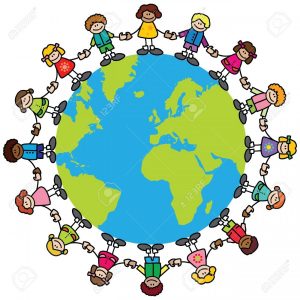The identity of noodles may be ever-evolving, but there is no doubt it is a food that is considered an art. As with any art, the noodle has the ability to move, change, and inspire people whether that may be physically and emotionally. The readings for this week supports this because it seems that there is always a symbolic representation for the food when it is placed on the dining table. In other words, food is eaten and served with purpose.
Consequently, the noodle is able to even have the ability to reflect the culture, regions, cities, and people that cook them, which is a really special characteristic to have. The article, Noodles, traditionally and today, opens up with the increase in variation of noodle shapes and styles overtime, starting as early as the Han dynasty (209). Yet aside from the main ingredient and the preparation of the noodle, what distinguishes one from another is the meaning of each noodle. From observation, I find that noodles to Chinese people are a supplement to life and sociality, while Italians make it a way of life.
For instance, the “Crossing of the Bridge” story portrays the noodle as a supplemental aid to help this boy pass his imperial exam. The chef, who is not family, still shows care for the wealthy boy he serves and embodies a Chinese cultural value – an immense amount of loyalty. He travels a long journey and prepares an elaborate noodle dish with lots of time and dedication, as if the noodle was a medium of a transferal of ‘good energy’ from one person or another. For this, I find the noodle is powerful. However, this also means that the definition and meaning of a noodle (and even pasta) is hard to summarize because it is personal. On a larger spectrum, the noodle to Chinese people still supports my previous claim that it is only a supplement to life and sociality because overall people have established traditions to consume certain dishes during birthdays, weddings, marriage, moving homes, and seasons (“Noodles, traditionally and today” 210).
I say that Italians make pasta a way of life because their life revolves around the food. This especially applies to immigrants, who were able to bring a piece of their homeland with them to a new country (“History of Pasta” 1). Through food and opening up restaurants, it led to the establishment of ‘Little Italy’s’ in major cities, allowed such immigrants to make foreign places feel like home through these ethnic enclaves. More importantly, the food became a way of life because it was a source of income. While noodles carry meaning, pasta is the glue that carries the other ingredients in the dish as observed in An Intro to Italian Pasta. Overall, pasta has the power to bring families together, and it even has the power to carry on bringing people together who have distinct differences in language and culture. Amongst all of these barriers, there is a reason why pasta was named the world’s favorite food in the survey conducted by Oxfam, according to The Truth About Pasta (5). Between noodles and pasta, it is so rare to see other food have the same ability and impact to move or change entire nations and cultures.
Therefore, pulling from the readings about Chinese and Italian significance of the noodle as well as my own Korean culture, the definition of the noodle to me is a cereal-based food that provides comfort and energy to one’s lifestyle and body. It enhances life not only nutritionally because it can incorporate vegetables and meats necessary for a balanced diet, but comfort during times of need such as sickness. Noodles and pasta have the effect of one big hug, as if the noodles or pasta wrap around your body and provide security. This could be economical for a restaurant-owner, emotional for a child or adult who is homesick, feeling down, or simply feeling the tender, loving, care from a parent or grandparent that was used to make the dish.
My representative photo below to is a string of diverse people, as if it was a string of pasta or noodles, wrapping around the world bringing people together. Yet, they are standing around the world as if it was protecting the Earth. Whether this means protecting your home, your country, by consuming noodle/pasta dishes, we protect our identities and culture, and strengthen friendships and relationships. Best of all, noodles and pasta around the world show us what it means to be human by caring for each other and satiate our basic needs like hunger.
